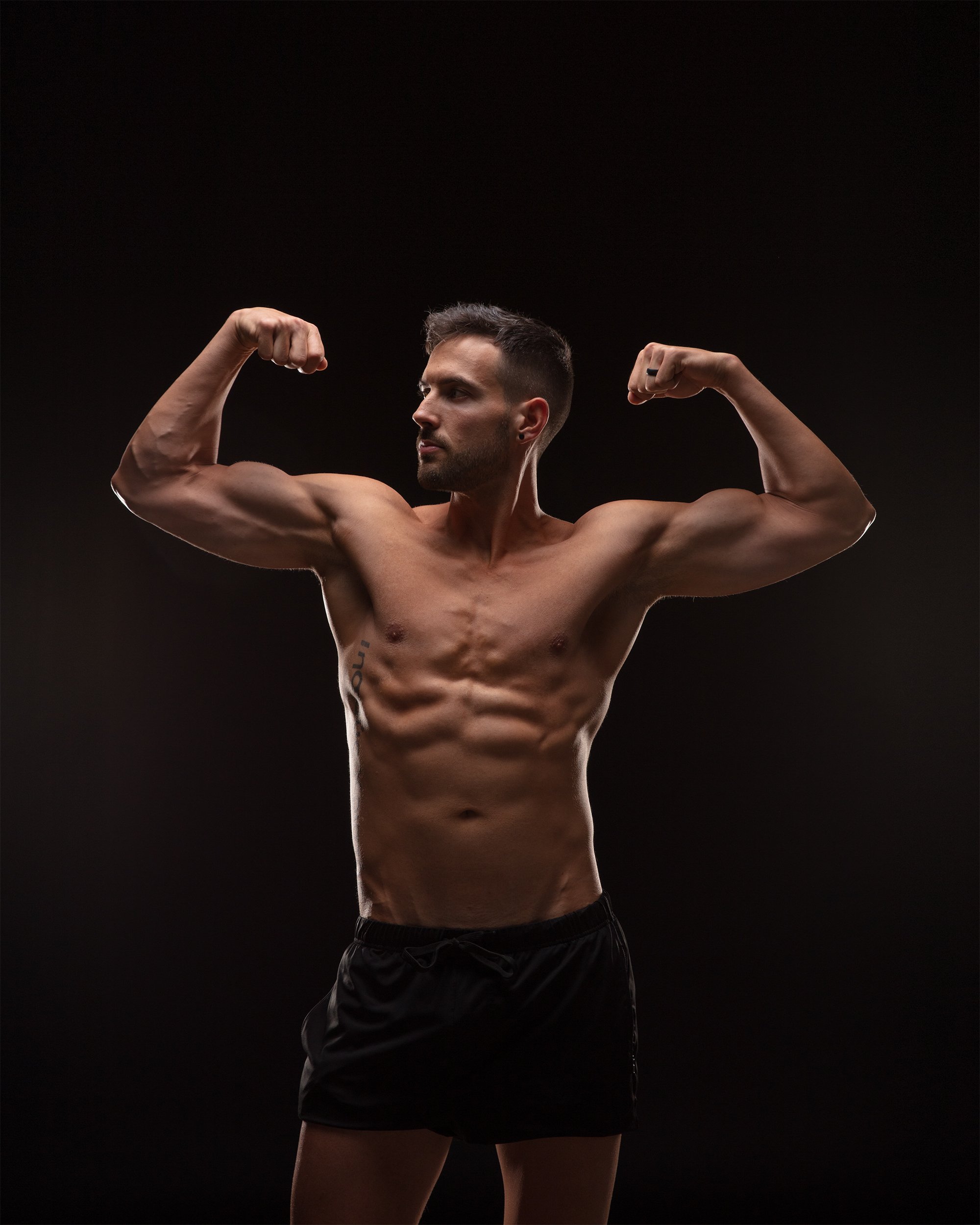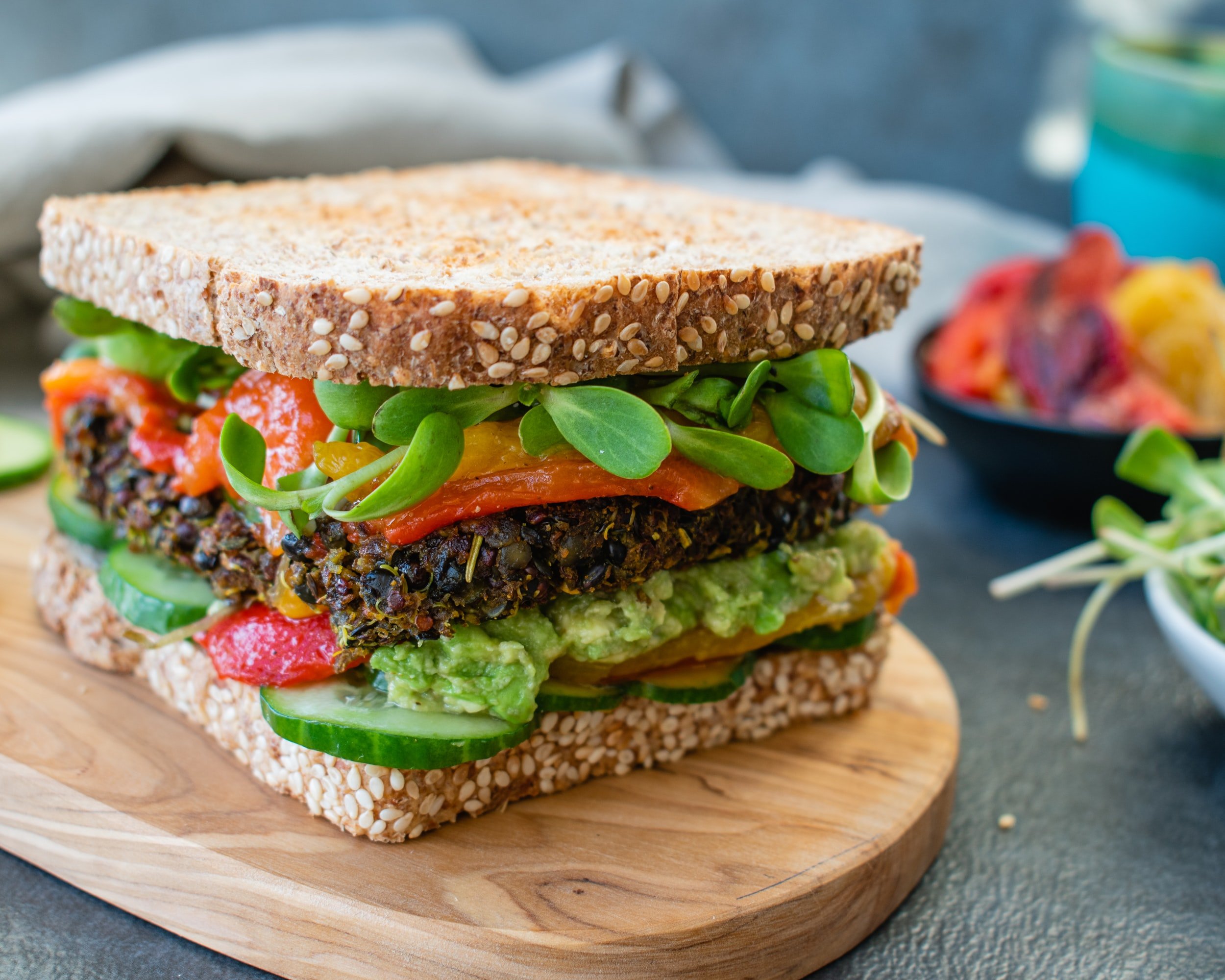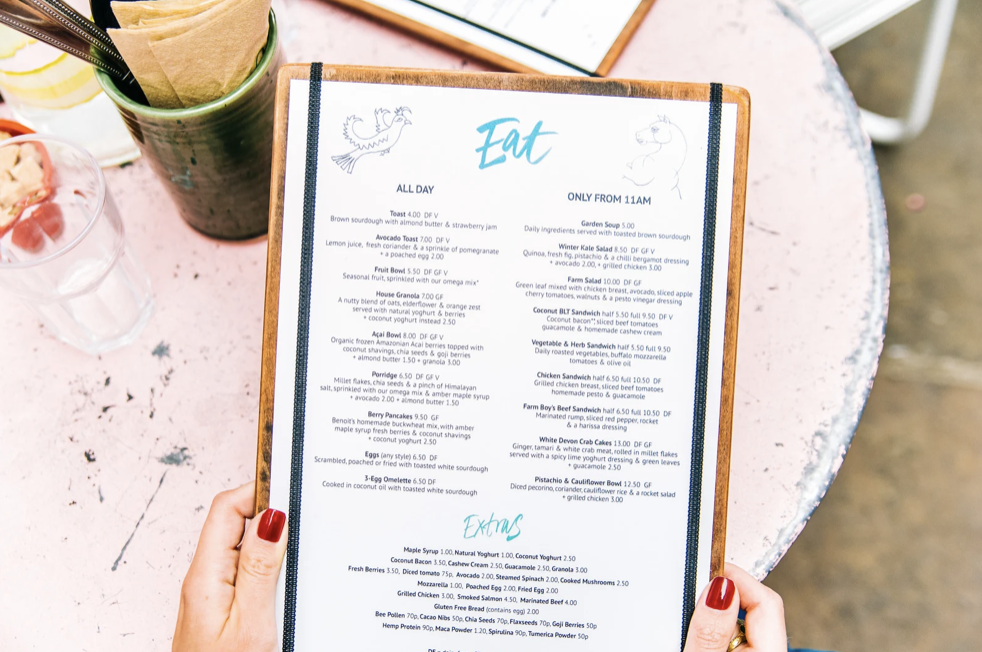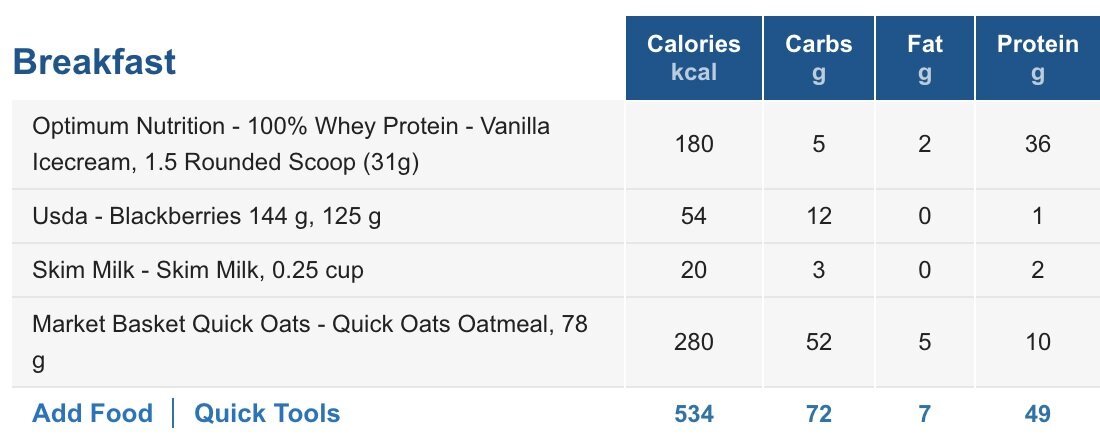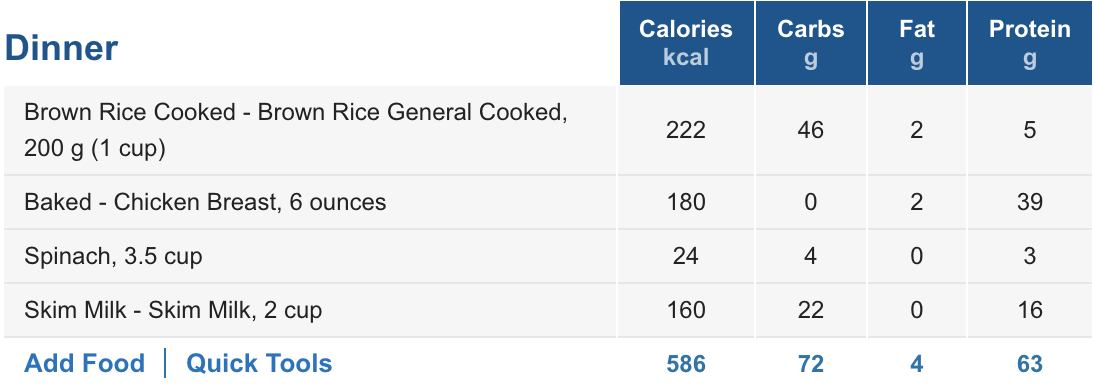Are you ready for it? Because I’m going to hit you with the entire summary of this write-up in this very first sentence.
The single biggest mistake you’re making in how you think about fat loss is...
You still think fat loss is something you achieve through eating a specific menu of foods instead of a specific caloric density of foods consumed strategically through an optimal distribution of proteins, fats, and carbohydrates.
Now, if you wanted to, you could make that sentence a little easier to digest and say something like, “Fat loss is all about how much you eat and not the specific foods you eat.”
While that’s not necessarily false, I think it misses some important nuance that can actually help us all shape the way we think about the entire fat loss process.
What do I mean by that?
I mean that you can easily fix this mistake by doing three simple things.
1. Be Careful Dabbling in Omission Diets in Search of an Effortless Fat Loss Experience
I honestly don’t know if an “omission diet” is already a term, but if it’s not I’d like to coin that right now.
What I mean by an omission diet is simply a way of eating that is predicated upon the removal or extreme restriction of one major category of food.
The most obvious of these in this camp would be any “no carb” diet, the ketogenic diet, the carnivore diet, or even your stereotypical “clean eating” diet.
“But Andrew, don’t you eat a 100% plant-based diet?” I do!
And you could absolutely make the case that a plant-based diet is an omission diet.
However, I think the main difference here is that I’ve adopted an exclusively plant-based dietary pattern in attempt to reduce animal suffering.
In other words, I didn’t “go vegan” hoping to lose fat and build muscle effortlessly, which is what I’m encouraging people to be cautious of in this particular article.
So what’s the concern with omission diets?
Diets like these tend to thrive off of getting ignorant people into a caloric deficit by insinuating that carbohydrates or sugar or processed foods are the driving force behind their inability to lose weight.
And although such approaches can work, it’s the calorie deficit that initiates the fat loss - not the foods or the particular nuances of the dietary patterns themselves.
To be clear, there’s nothing wrong with aiming to limit certain food groups in an intelligent effort to improve your body composition.
I’m merely encouraging people not to be mislead in thinking that there’s any one food or group of foods that are solely responsible for their increasing waist circumference.
The first take-home point here is this: You have to start believing that excess calories relative to your current metabolic needs are what “make you fat” - not any specific food. More pointedly, that means your love handles are an “energy issue” - not a “food category issue.”
2. It’s Not Quite as Simple as “Eating Less” and “Moving More”
If you get it into your head that “eating less” is all that it takes to lose fat, your fat loss success is now at the expense of whatever your diet was before you came to this conclusion in terms of the foods you consumed on a regular basis. If that’s confusing, let me explain.
If you just start “eating less,” you’re probably not going to change the foods you’re eating, which means the food selection remains the same but the amounts change.
Let me give you an example.
Let’s say your normal breakfast is a large bowl of cereal and a handful of blueberries.
You’ve just been told by a friend that losing body fat is just about “eating less” and “moving more.” Easy enough, right?
So what do you do? You take your bowl of cereal that was 100g and reduce it to 50g and half the number of berries you add.
In some sense, you’d certainly be on track to losing body fat due to your simple math equation for caloric reduction, but you’d also be failing to consider one massive piece of the body recomposition puzzle, which is the consideration of whether those calories are coming from protein, fats, or carbohydrates and in which ratios.
Eating a peasant’s serving of cereal and toddler’s handful of blueberries is essentially a meal made up of pure carbohydrates.
We’ll get to this in point three, but that’s just simply not an evidence-based diet strategy for optimal body recomposition.
Can you eat cereal and blueberries for breakfast each morning and live to see another day? Of course. I’m just saying it’s not the most effective approach for optimizing your body composition.
So, the second take-home point is this: It very much matters whether you are getting your calories from proteins, fats, or carbohydrates when it comes to “looking better” even when overall calories are equated.
But, this brings me to another great point worth addressing before we move on.
What the Heck Does It Mean to “Look Better?”
When people say they want to lose body fat, they also usually mean that they want to “look better” in the process.
Without harping on the subjectivity of what it means to “look better,” let’s just all assume for our purposes right now that “looking better” probably means trading unwanted body fat for shapely muscle in all the “right places.” Right?
People want to look good and feel good in their own skin.
So, if you just take your current diet and start reducing calories, you will most likely lose weight! But, will the “look” be what you thought it would be?
Will you start to take on that harder, leaner look that we all seem to be so drawn to these days? Or will you start to look like a melting ice cream cone?
A person who eats a 2500-calorie diet from an optimal distribution of macronutrients (namely adequate daily protein consumption) would not look the same in a parallel universe if they were eating a 2500-calorie diet from a suboptimal distribution of macronutrients (namely inadequate daily protein consumption).
In short, eating morning pastries and sipping orange juice all day isn’t going to lead to the same results as if you were to eat 3-5 servings of protein in 20-40g doses spread evenly across the day.
And now we’re talking about protein, which leads me into my third and final point.
3. Make Sure You’re Eating an Adequate Amount of Protein If You Want That Hard and Lean Look
This might be a bit direct, but I honestly think you are wasting your time if you’re claiming to be serious about getting lean while neglecting your protein intake.
If you’re wondering how much protein you should be eating per day, I highly recommend you reference my article where I tackle that topic in-depth.
How much protein do I eat personally? As a 6’ male at 187 pounds and around 12% body fat, I eat around 150g of protein per day and here’s why:
The general rule of thumb in protein consumption for physique development is to eat around 0.7-1.0g of protein per pound of lean body mass (LBM).
Personally, I’ve seen no meaningful differences in terms of muscle gain when eating more than 150g of protein per day. In fact, I’ve experimented with even lower protein intakes of 80-120g per day for short periods of time and observed no apparent difference.
For those of you who don’t know, I used to eat upwards of 200g of animal protein per day before I adopted a fully plant-based diet.
My third take-home point is this: If you’re serious about getting in shape, get stategic about your protein too.
Summary
The biggest mistake you might be making in terms of how you think about fat loss is focusing on specific foods over the caloric density of those foods.
In short, calories and macronutrients matter most when it comes to body recomposition, which means you can “get fat” on avocado toast just like you can “get fat” on ice cream.
I had a blast writing this article, so if you enjoyed it, do me a favor and send it to that one friend in your life who’s still looking to the Super Keto 9000 Diet to bring them the six-pack of their wildest dreams. You know who I’m talking about.
And, if you're interested in working with me one-on-one, visit The Vegan Gym and apply for coaching. I’ve had nothing but success in guiding people toward their fat loss goals.
Cheers, everyone!
-Andrew



